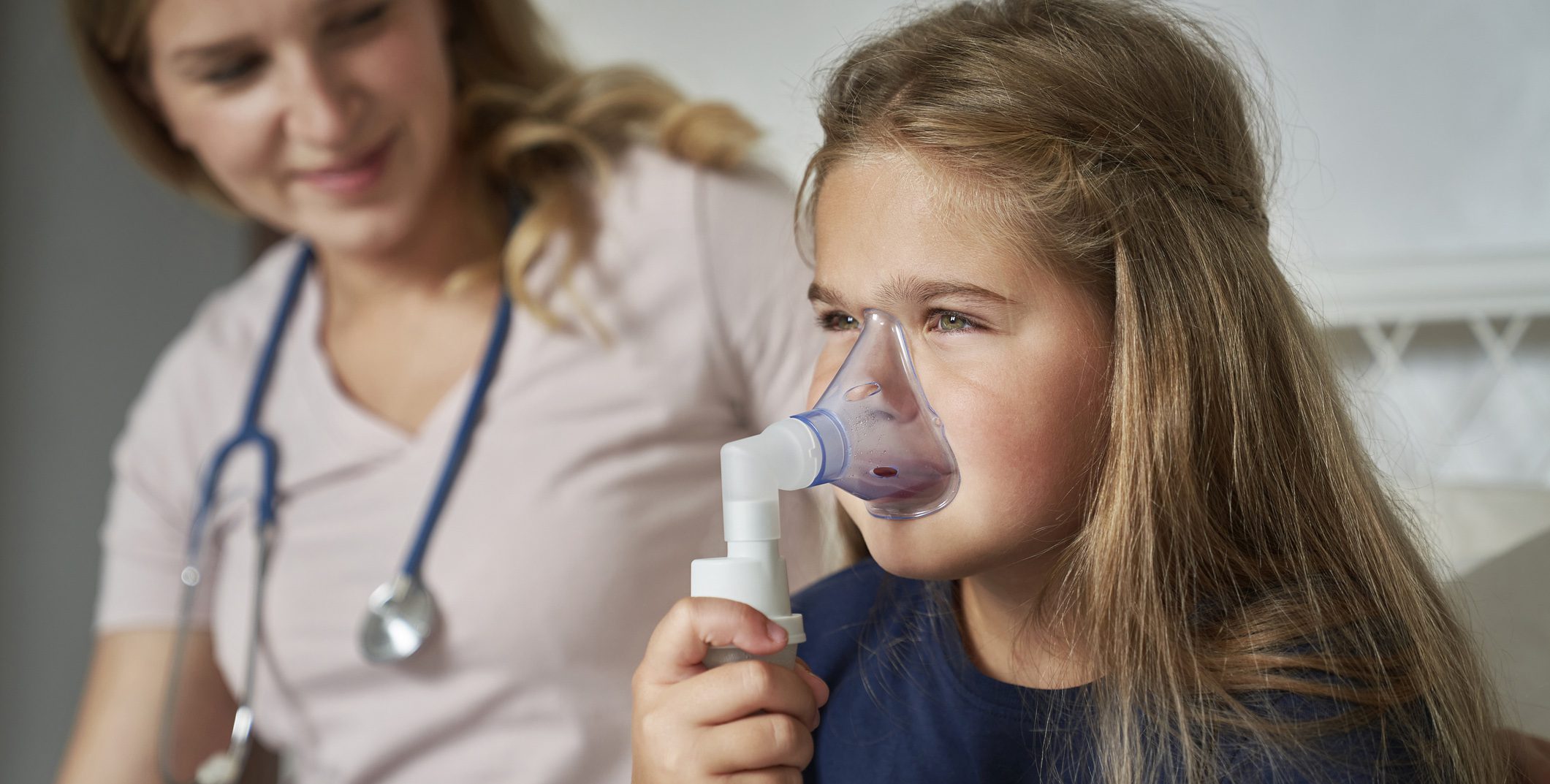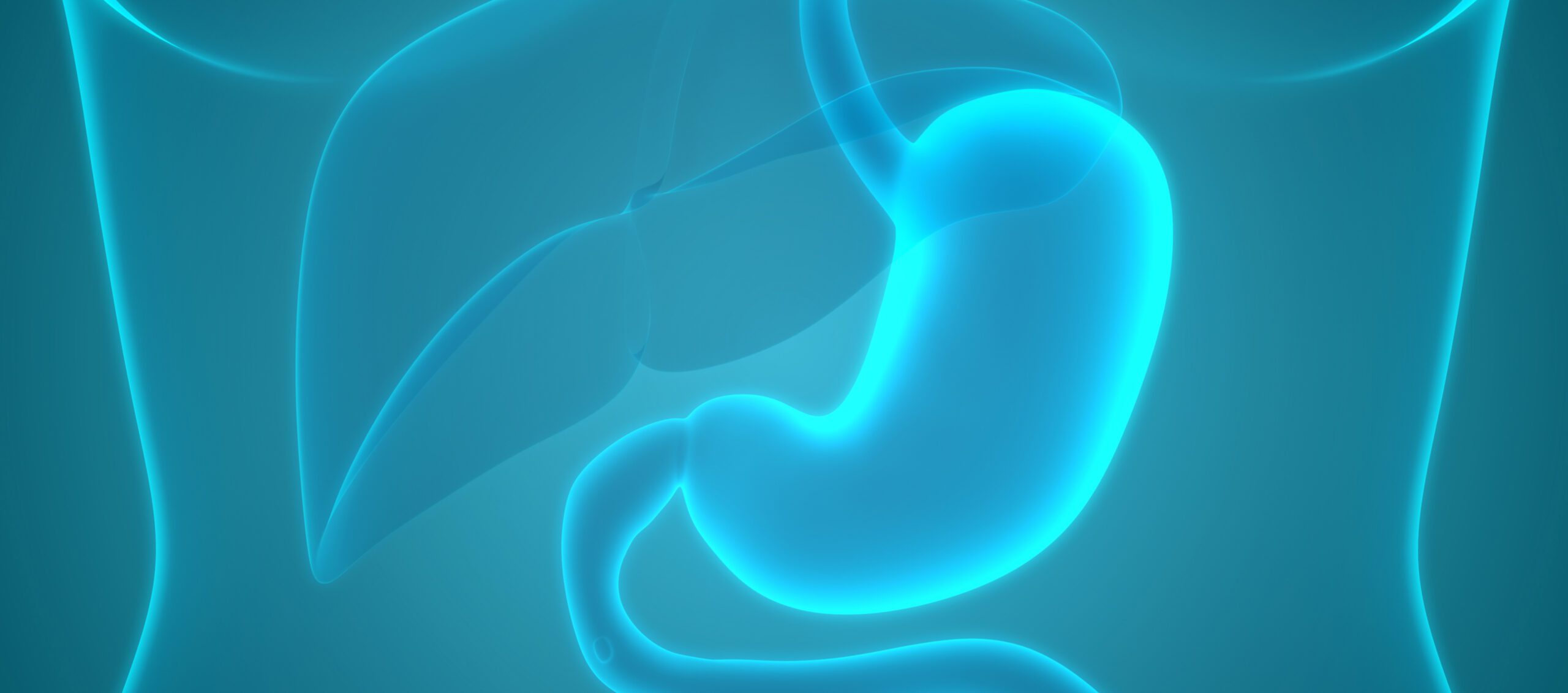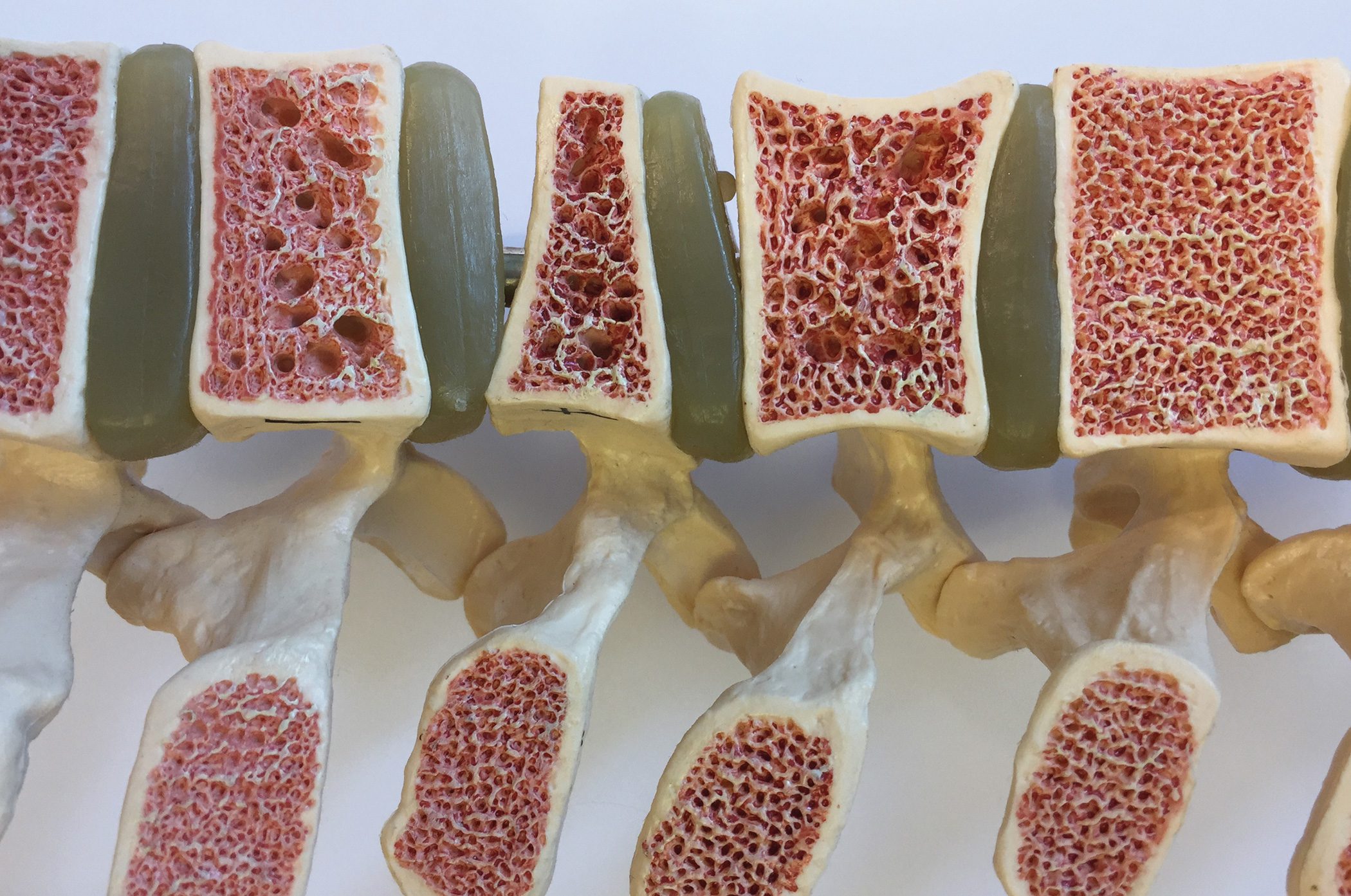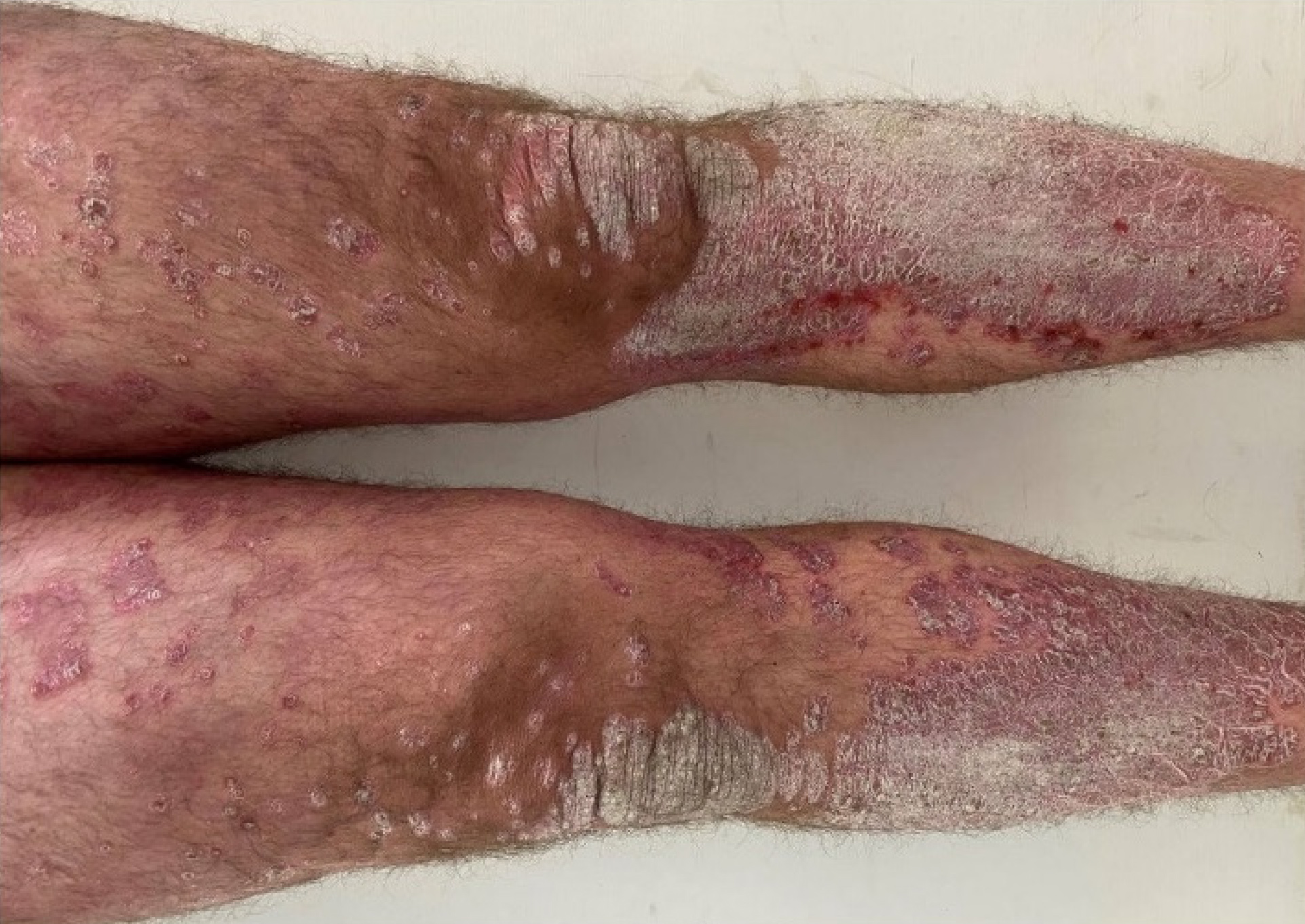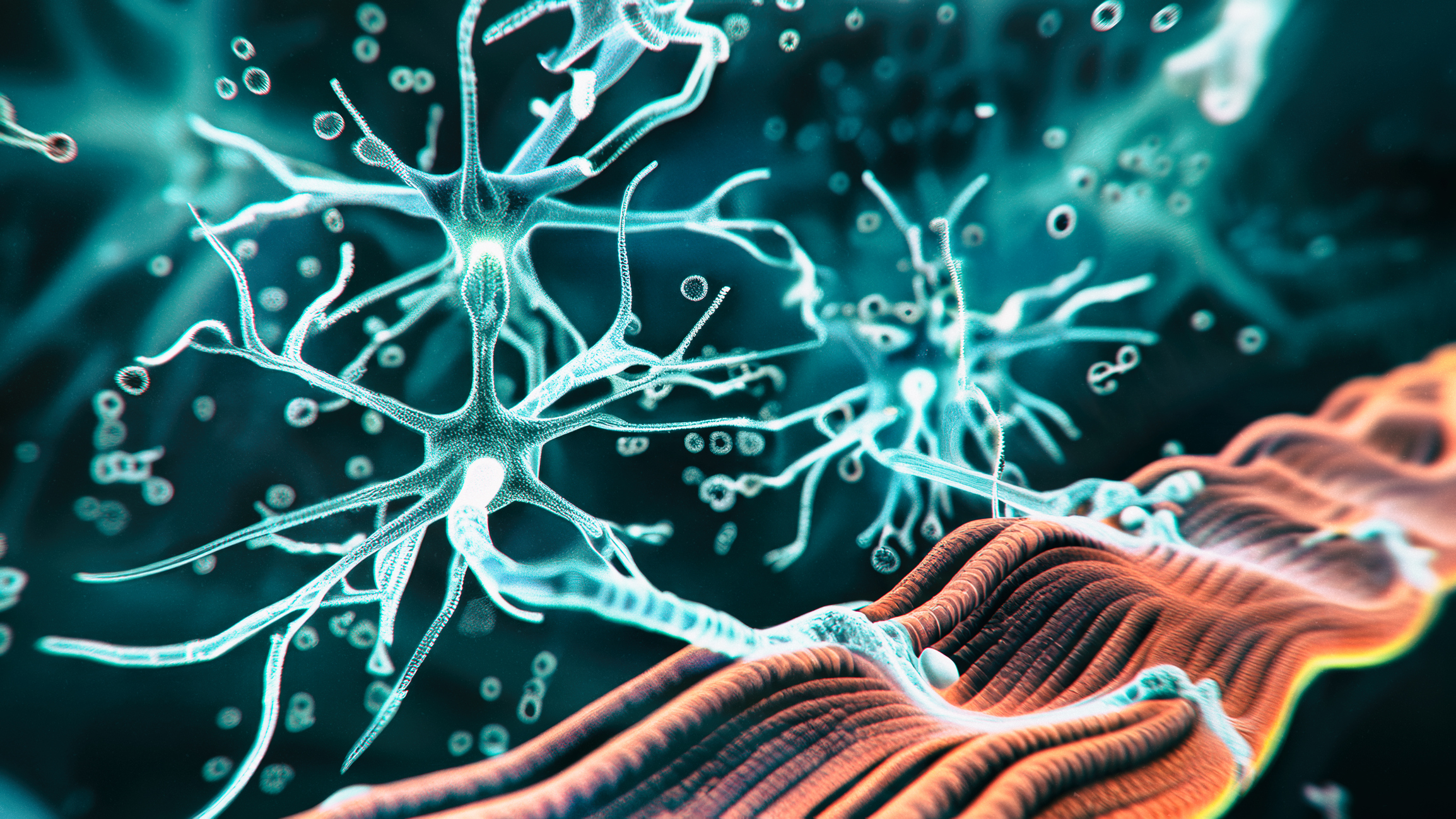An exploratory study by Gastmeier et al. showed a positive effect of long-term use of low-dose THC in chronically ill, elderly and very old patients. The therapy strategy “start low, go slow, stop hard” has proven its worth. In addition to pain relief, an improvement in quality of life was also observed and a substantial reduction in opioid use was achieved. The opioid dose was significantly reduced by 50% compared to the initial dose.
Medical cannabinoids (CAM) are a particularly helpful therapeutic measure for psychosomatic complaints such as insomnia, anxiety or mood disorders [1]. The cannabinoid system is involved in the regulation of many physiological processes. Tetrahydrocannabinol (THC) and cannabidiol (CBD) are well-studied phytocannabinoids. THC is said to have a pain-relieving effect, while CBD has an anxiolytic and relaxing effect. When assessing the risk-benefit of CAM, it is important to bear in mind that many geriatric patients suffer from the side effects of analgesics and neuropsychotropic drugs. Therefore, the reduction of opioids and analgesics is also an important effect of the therapeutic use of CAM. In the study by Gastmeier et al. included 178 pain patients, most of whom suffered from one or more chronic diseases (Tab. 1) [1]. The average age (median) of the study participants was 72 years (26-96 years), 50 of the patients were ≥80 years old. The age and gender distribution is shown in Table 2 [1].
Dose titration starting with the smallest possible dose
Indications for CAM were chronic pain and restrictions in quality of life. The focus was not on a single indication, but on psychovegetative complaints and quality of life disorders. The patients were informed in detail, including about the effects that occur after inhalation or high doses of CAM. Dose titration began with the lowest possible dose, i.e. 1 drop of dronabinol (equivalent to 0.8 mg THC), 0.1 ml cannabis extract (equivalent to 1 or 2.5 mg THC) or a spray of nabiximols (equivalent to 2.7 mg THC). The dose was then slowly increased until the first noticeable effect (self-observation and/or observation by others) or distressing side effects occurred. If possible, this dose was subsequently maintained in order to avoid possible side effects caused by increasing the dose. 80.3% of patients (n=143) continued therapy until the end of the observation period. 10 patients discontinued therapy due to lack of effect, 7 due to lack of cost coverage and only 5 patients cited adverse drug reactions (diarrhea, cardiac symptoms, colic, muscle cramps) as the reason for discontinuation. Therapy was discontinued after a median of 95 days (range: 31-346 days).
Dronabinol drops and full-spectrum extracts most commonly used
The patients were treated for an average (median) of 366 days (31 to 2590 days). The median daily THC requirement of 9.75 mg (range: 0.5 to 175.7 mg/d) can be assigned to the low dose range. More than 80% continued CAM therapy at a constant CAM dosage. Of 1001 prescriptions, 557 were dronabinol as oily drops, 328 were full-spectrum extracts and 66 were nabiximols spray. 50 prescriptions contained more than one CAM. The median daily consumption was 9.6 mg THC for dronabinol oil and extracts and 13.6 mg THC for sprays; it was constant in patients >64 years or increased non-significantly in younger patients. Women required less THC than men (8.1 mg vs. 14.8 mg). There was a non-significant trend for a higher CAM dose in the group of <65-year-old male patients (p=0.14, ANOVA) or for a lower CAM dose with age. 115 patients received concomitant opioids with a median of 65 morphine equivalents/d.
| Opioid-sparing effect even at low CAM doses 115 patients with CAM from the observation cohort also had an opioid in their medication. At the end of the observation period, 120 patients had an opioid (p=0.74, chi-square test with Yates correction). The dosages at the beginning and at the end were statistically highly significantly different with 65 mg and 30 mg morphine equivalents in the median (p <0.001, t-test). As adverse opioid effects are often dose-dependent, such a reduction enables better tolerability of longer-term pain therapy. In contrast, the opioid dose did not decrease in the practice-based comparison group that did not receive CAM. Impressive opioid savings under CAM have already been described in earlier studies. These include a study by Wendelmuth et al. published in 2019, which also documented substantial symptom improvements that can be attributed either to CAM and/or to the reduction in opioids. The exploratory study by Gastmeier et al. also included 35 patients over 80 years of age from the study by Wendelmuth et al. and extends these results with regard to an observation period of up to three years. Gastmeier et al. point out that the reduction in opioid consumption was observed both at low doses of CAM and at higher doses. There was no difference between the low (<7.5 mg/d THC) and higher (>7.5 mg/d THC) CAM doses (p=0.3, t-test). |
| to [1,3] |
Patients benefited from CAM therapy
After an initial dose titration, the prescription dose of the CAM remained almost constant over time. This is an advantage over opioids, the dose of which typically has to be increased successively, and confirms the constant THC effects described in chronic pain patients over an observation period of 48 weeks [2]. Tolerability proved to be very good, with only 5 patients discontinuing CAM due to non-serious side effects. Two thirds (66%) of CAM patients had opioid medication, the dosage of which was reduced over the course of the study (box) . Specifically, a significant reduction in opioid consumption by a median of 24 morphine equivalents per day or 50% was observed, irrespective of the CAM dose ( <7.5 or >7.5 mg THC eq./d), as well as gender or age. As a comparison group for the change in opioid dose under CAM, a comparable cohort of practice patients who had only received opioids but no CAM was used from the same observation period. This comparison group comprised 156 patients (median age 71.3 years, 96 of whom were women) who had a pain problem and did not differ in terms of age and gender distribution or in their initial opioid dose (50 vs. 65 morphine equivalents, p>0.05) from the observation group. An important factor for opioid-sparing effects is the fact that the endogenous cannabinoid system interacts with the endogenous opioid system. Compared to opioids, the development of tolerance to cannabis is low.
Literature:
- Wendelmuth C, et al: Dronabinol in geriatric pain and palliative care patients: A retrospective evaluation of outpatient panel physician therapy. Pain 2019; 33: 384-391.
- Gastmeier K, et al: Cannabinoids reduce opioid use in older patients with pain: Eine retrospektive Dreijahresauswertung einer ambulanten kassenärztlichen Praxis [Cannabinoids reduce opioid use in older patients with pain: Retrospective three-year analysis of data from a general practice]. Pain 2023; 37(1): 29-37.
- Schimrigk S, et al: Dronabinol is a safe long-term treatment option for neuropathic pain patients. Eur Neurol 2017; 78: 320-329.
FAMILY PRACTICE 2024, 19(7): 44-45






